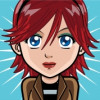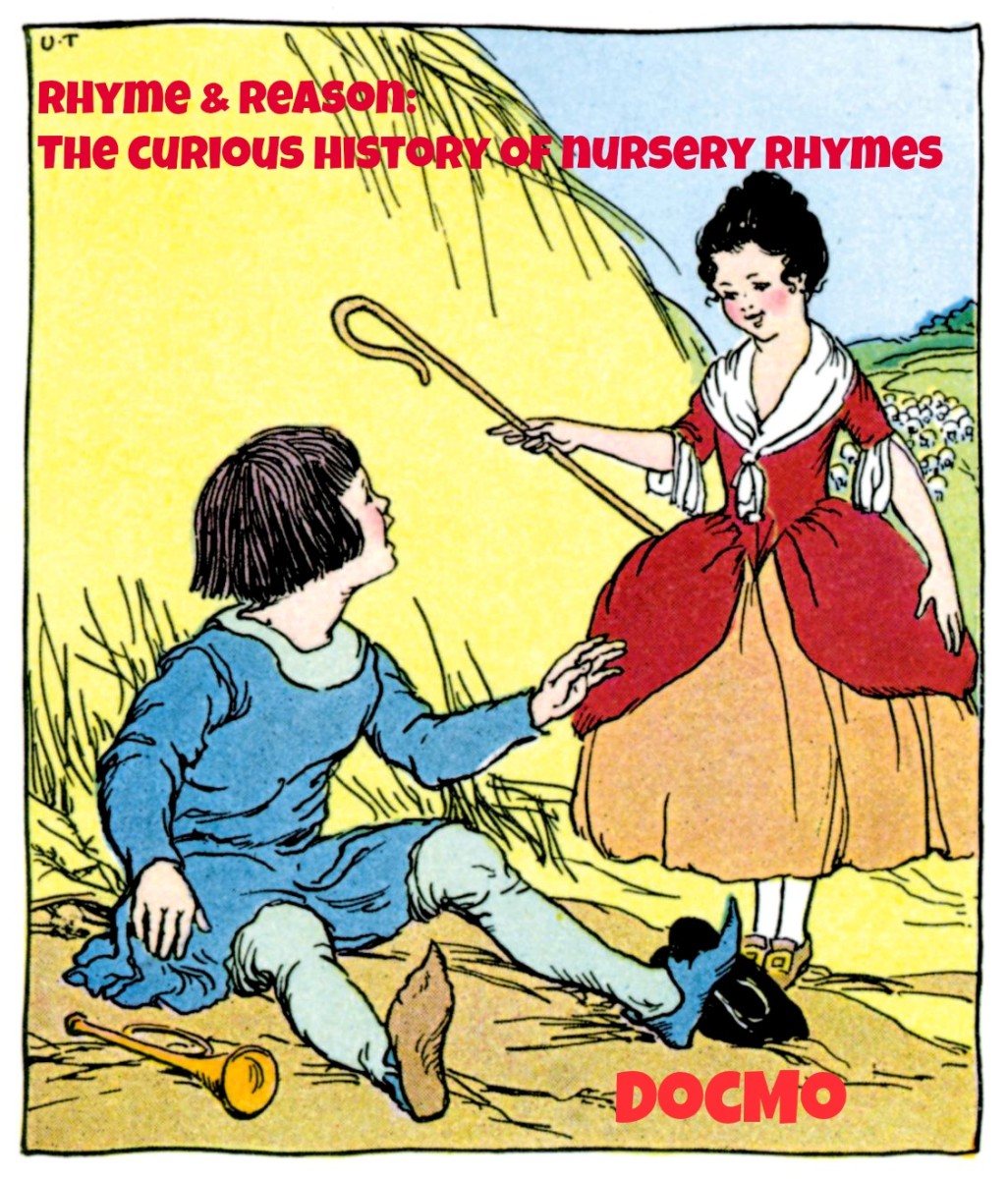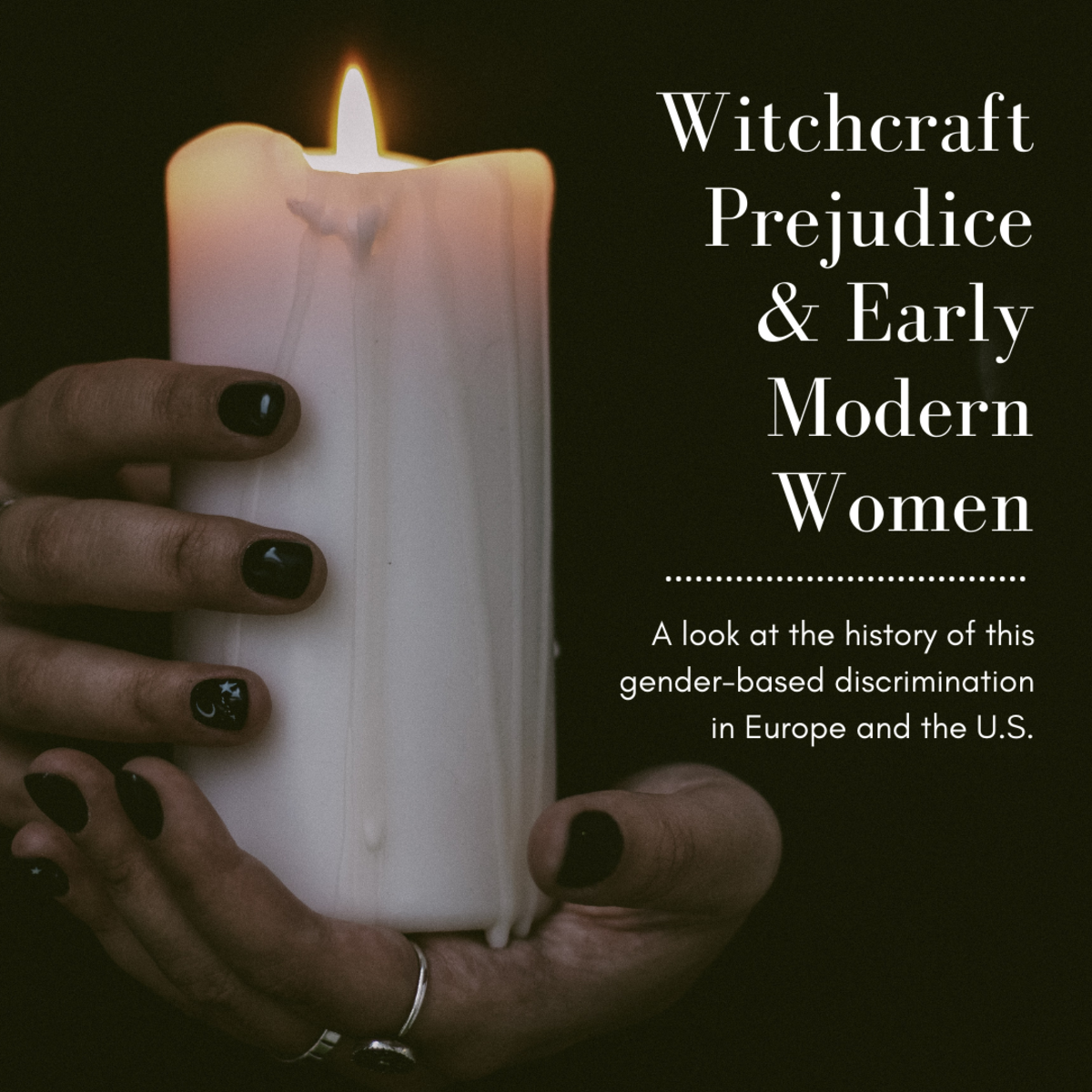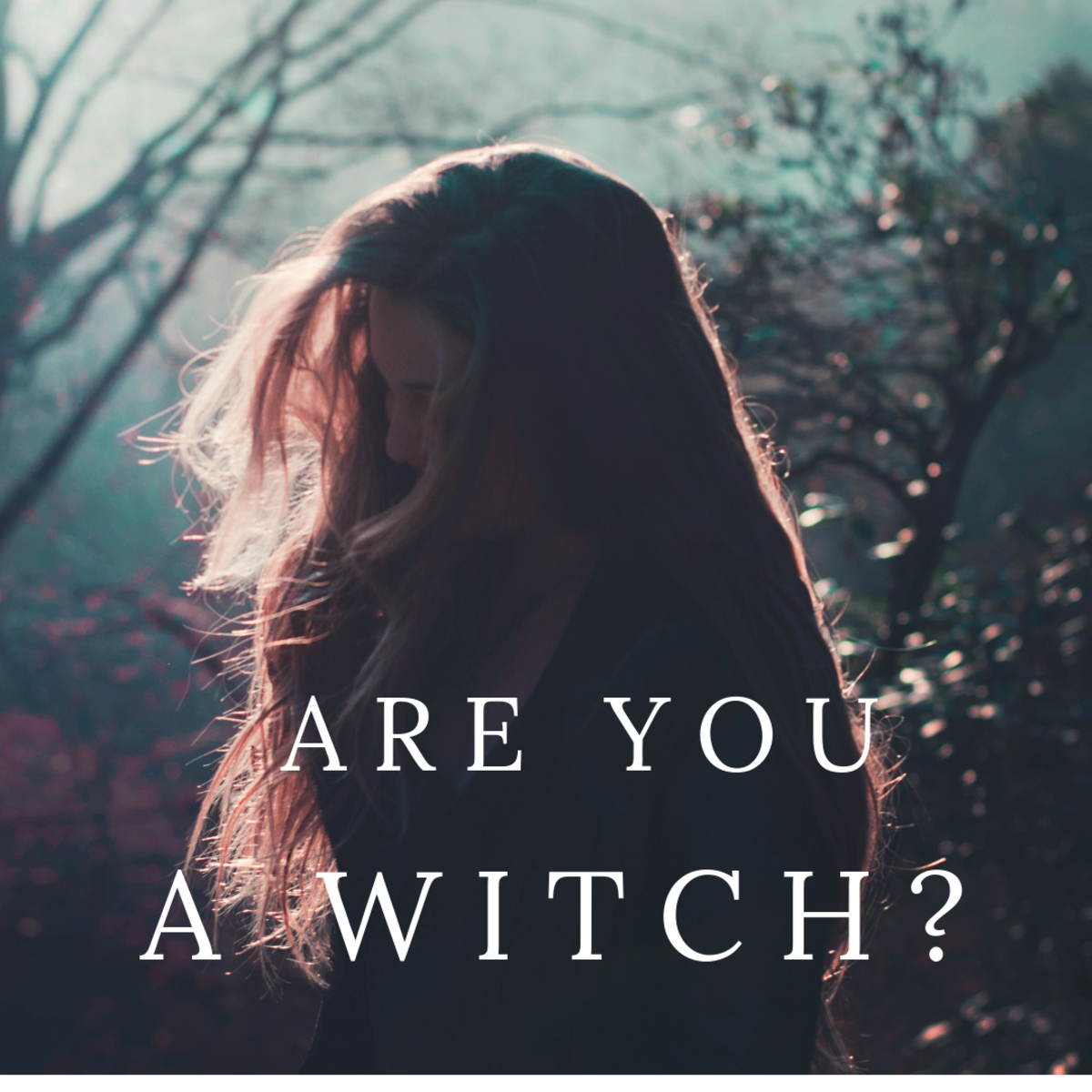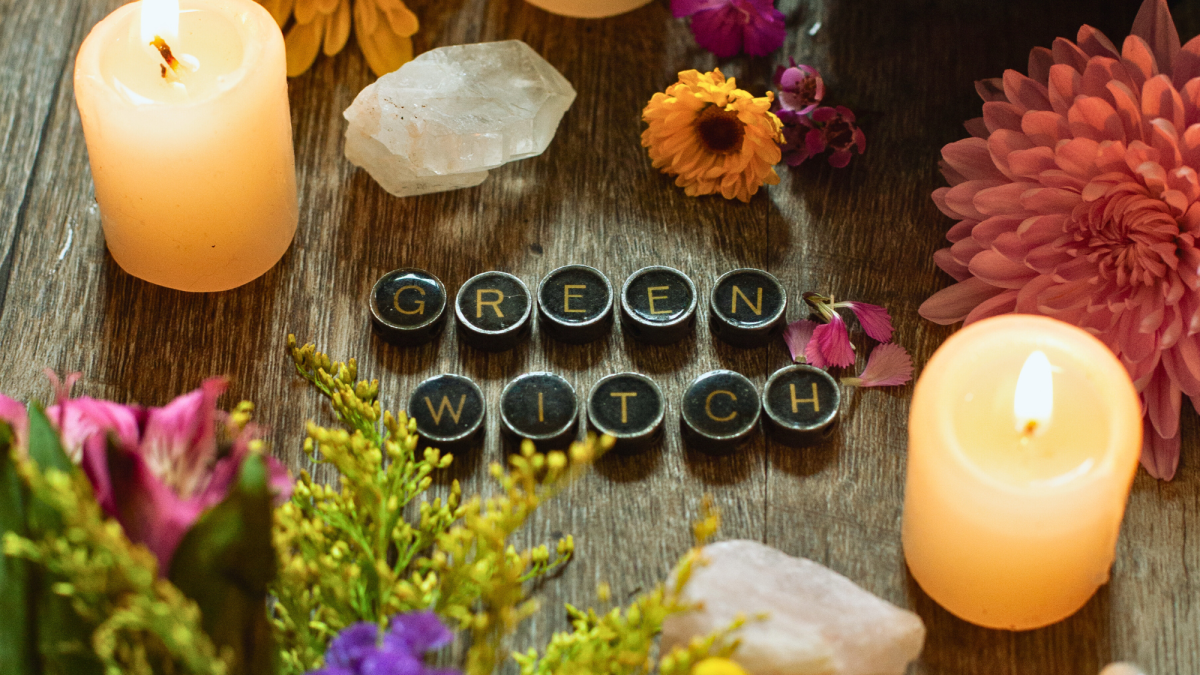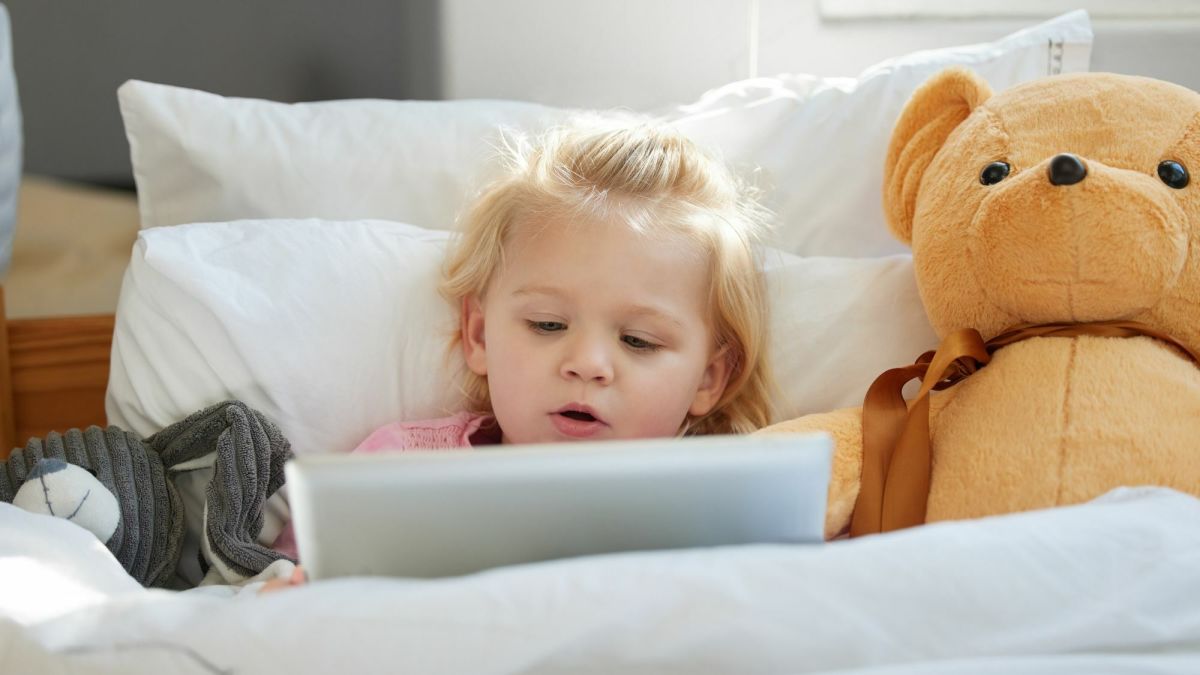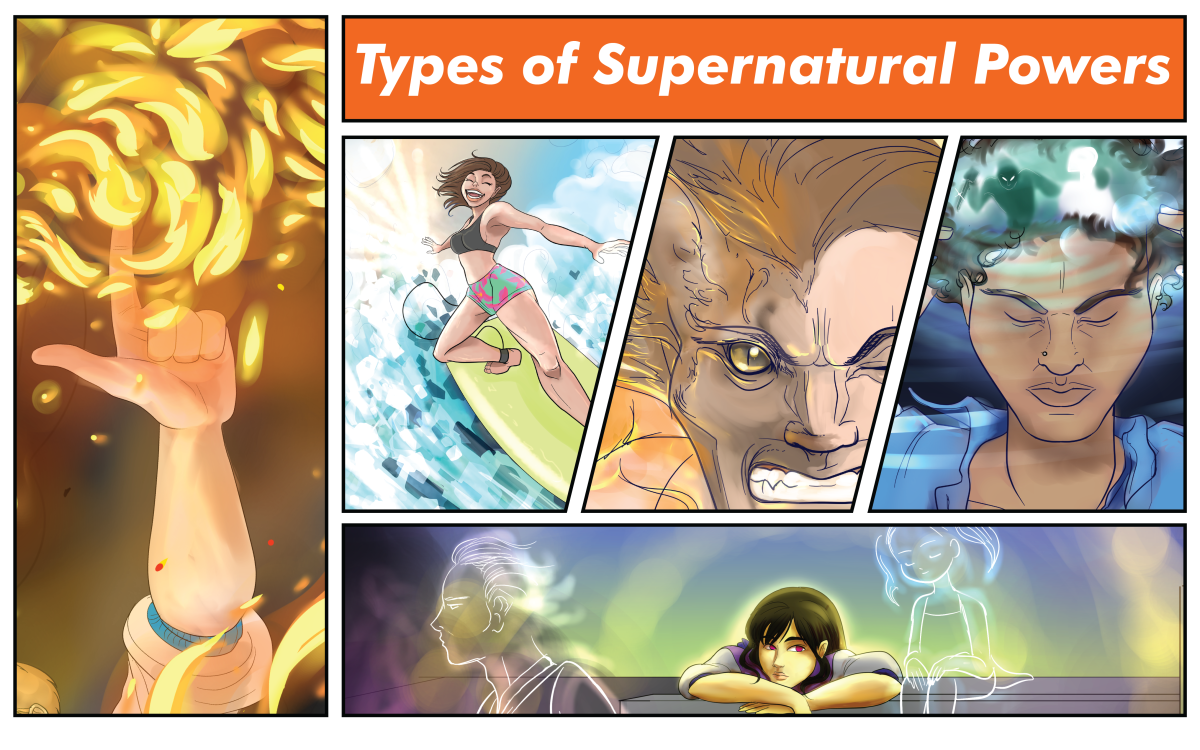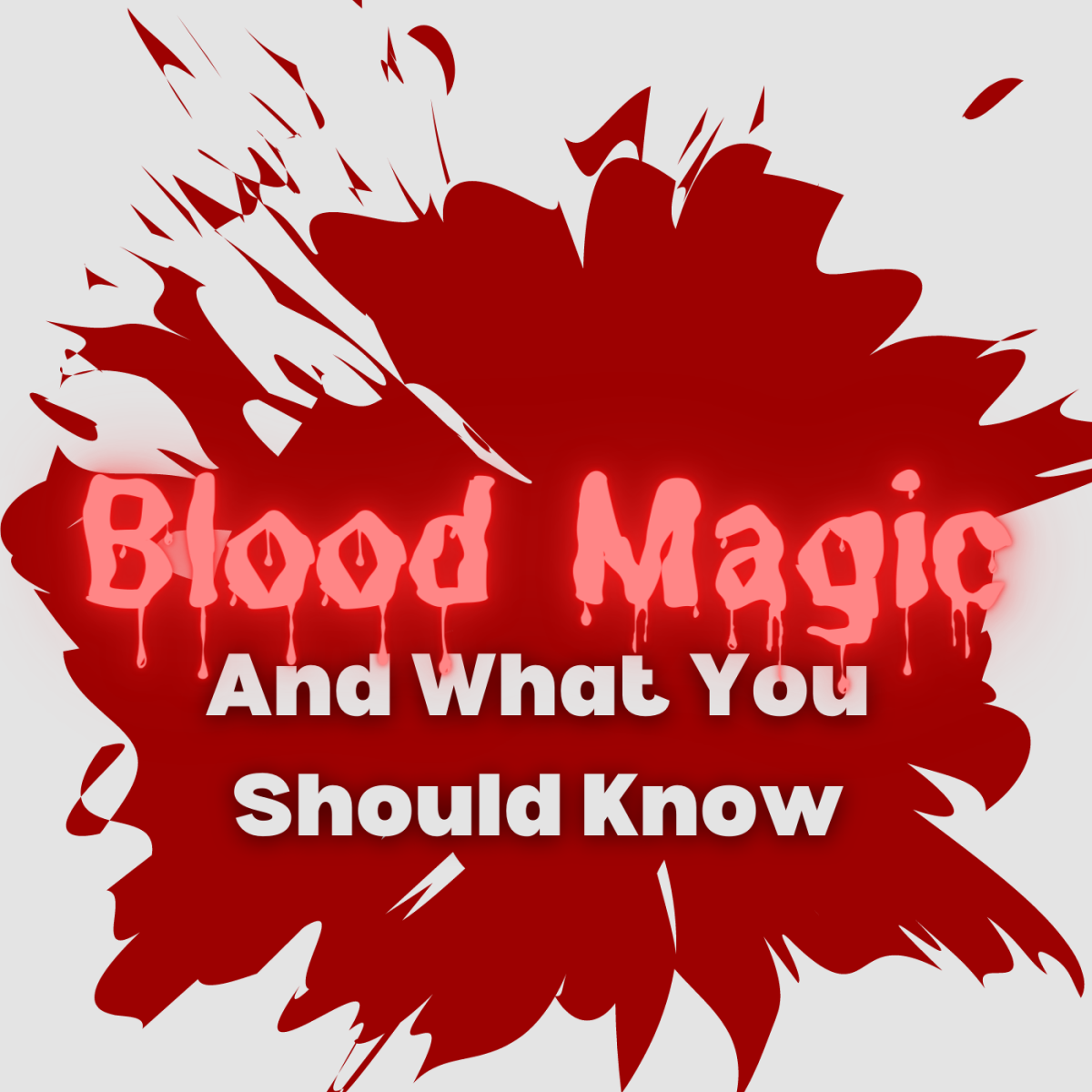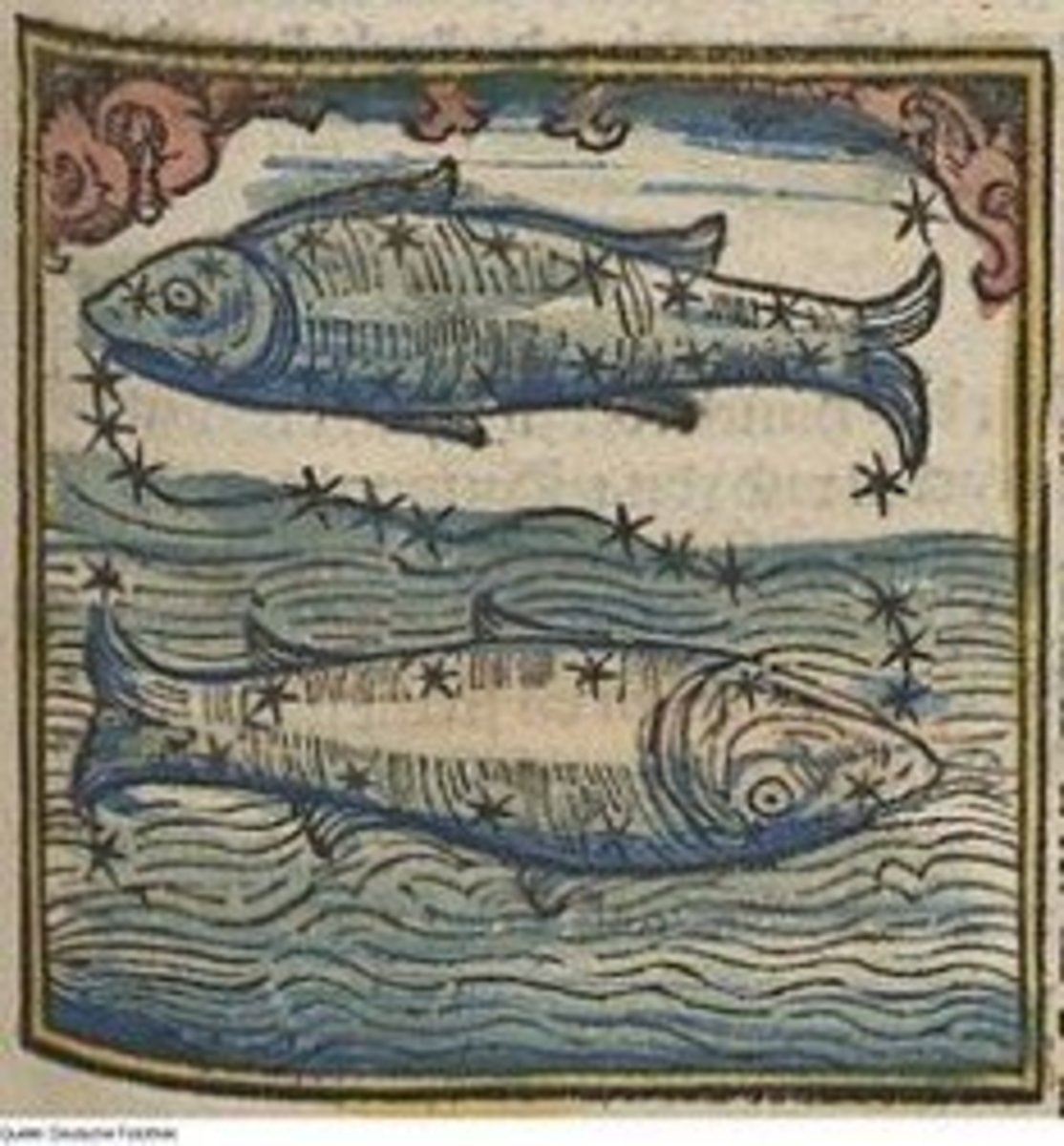Who is Mother Goose?
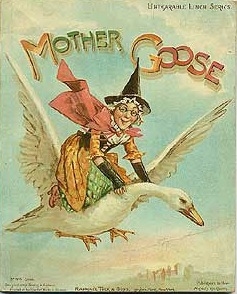
The Origins of Old Mother Goose in Witchcraft
Mother Goose is best known as an old lady, usually depicted reading to children or riding a flying goose. She is synonymous with nursery rhymes, thanks to the many treasuries and nursery books that her name became famous for.
But take a closer look at the characteristics of Mother Goose, and you will find many similarities with witches. In fact, many early illustrations of Mother Goose show her wearing a pointed witch's hat and sometimes flying on a broomstick rather than a goose!
Read on to discover just where the true origins of Mother Goose really lie...
Photo credit: Mother Goose book cover. Image in the public domain
The Real Mother Goose!
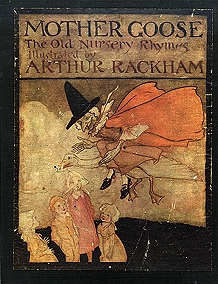
Mother Goose: The Old Nursery Rhymes - Illustrated by Arthur Rackham
Photo Credit: Image in the Public Domain
Just as the early fairytales have far darker meanings and content than their modern counterparts (think Brothers Grimm), so too does Mother Goose find hero origins in darker places than the mere imaginations of the storytellers of old.
The origins of Mother Goose nursery rhymes and stories can be traced back as early as the 1500-1600's. During this time, many women were being accused of witchcraft as part of the infamous witch hunts in Europe and America. If we examine Mother Goose carefully, we can see that she shares many characteristics with the perception of witches during this era.
Indeed, many illustrations of Mother Goose have in the past depicted her as a witch, complete with pointed hat!
Did you think Mother Goose was a Witch?
Have you ever associated Mother Goose with a witch or is this news to you?
Old Mother Goose: Which is Witch?
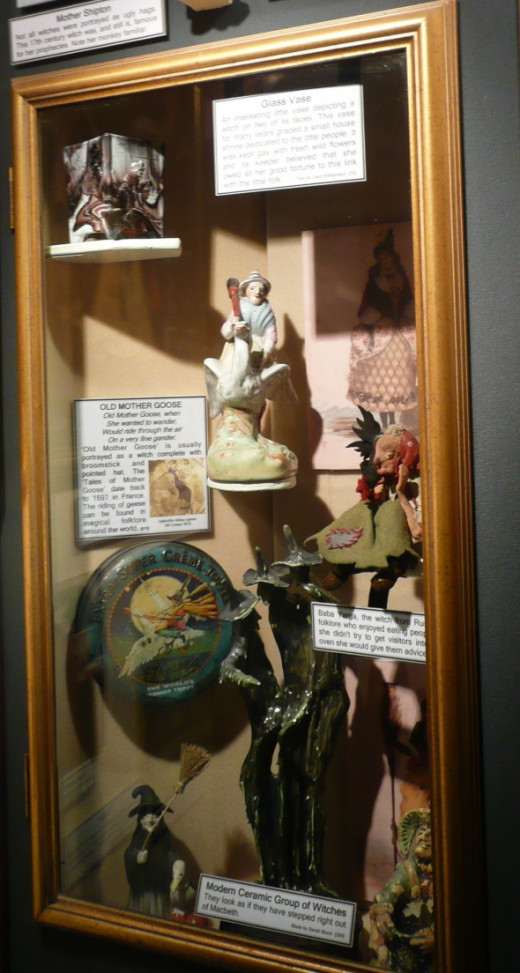
Old Mother Goose Display in the Museum of Witchcraft, Boscastle, Cornwall, UK
Photo Credit: Copyright of Author
Old Mother Goose was more often than not portrayed as a witch, depicted as a crone wearing a pointed hat and often riding a broomstick rather than a goose. The riding of geese can be found in magical folklore around the world. Mother Goose is also often depicted as a goose rather than an old woman - this once again has connotations with witches and shape-shifting.
The Museum of Witchcraft in Boscastle, Cornwall, England has a fascinating display of vintage witch paraphernalia, which includes Old Mother Goose décor, vases and dolls as pictured above.
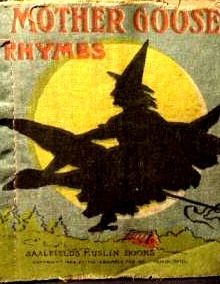
Old Mother Goose Rhymes
Connections with Witches
"Old Mother Goose
When she wanted to wander
Would fly through the air
On a very fine gander.
Mother Goose had a house;
It stood in the wood
Where an owl at the door
As sentinel stood."
Book cover from 1909
Photo Credit: Image in the public domain
Cackle, cackle, Mother Goose,
Have you any feathers loose?
Comparing Mother Goose and Witches
Here are the main similarities and influences behind Mother Goose's link to witches.
- Mother Goose is shown as an old lady. Although women of all ages were tried as witches, the popular conception of the era was of an old crone, with no man around to defend her against witchcraft accusations
- Witches were thought to be able to fly. In the case of Mother Goose, her broomstick has been replaced by a goose, although some pictures do depict her with the broom. Riding geese also has origins in worldwide folklore as well.
- Witches had "familiars". Nowadays we know that these are merely animal spirit helpers, but in the time of the witch hunts, they were said to be evil spirits who aided the witch and took the form of an animal. Common forms were the cat, owl, bat, wolf, raven, frog, pig, goose, goat, crow and mouse. Many of these animals featured in nursery rhymes.
- Few verses have actually been written about Mother Goose, but those that have reveal further connections with witches. The quote in the previous section is from "Mother Goose and her Son Jack". As well as noting that Mother Goose rides a goose, it also mentions that she lives in a wood (synonymous with the idea of the solitary witch) and has an owl for a sentinel (which could be construed as her "familiar").
- The verses near the end of this rhyme mention the actual act of witchcraft:
"Then old Mother Goose, that instant came in,
And turned her son Jack, into famed Harlequin.
She then with her wand, touched the lady so fine,
And turned her at once, into sweet Columbine."
- Witches are often described as "cackling" when they laugh. Geese cackle too, but this could be another possible reference in the other well-known Mother Goose rhyme "Cackle, cackle, Mother Goose."
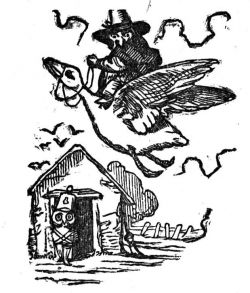
Mother Goose and the Secret History of the Nursery Rhyme
Further links between Mother Goose, her rhymes and the times of the witch trials may be found buried into the actual rhymes themselves. Although many secret meanings of nursery rhymes are nowadays thought to be pure folklore (such as Ring a Ring o' Roses referring to the plague), there are still those who believe that many of the old rhymes held hidden meanings about the events and cultures of the time.
One consideration is that the reason so many nursery rhymes contain the likes of cats, owls, mice, frogs and other typical "witch familiars" is that they were written in the time of the witch trials (16th and 17th century), when so many people were blaming witches for unnatural weather and illnesses. Children would have grown up with stories of witches and witchcraft as well as these nursery rhymes that may well have been influenced by the times.
Photo Credit: Jupiter Images
Lots more information on the Secret History of the Nursery Rhyme and their hidden meanings can be found in the Origins of Mother Goose section of the Rhymes.org.uk website,
Witch, Wicce, Mother Goose
The origins of Mother Goose begin around the time of the terrible witch hunts of Europe and America during the 1400's to the 1700's. This book examines the witch stereotype and why the witch hunts arose in the first place, providing an in-depth study to this dark time in the history of witchcraft.

Who is Mother Goose: Witch or Old Lady? - Witch Is She?
Do you think Mother Goose has origins in the witches of the past, or do you think that she is merely a storytelling old crone who has fairytale elements, created by storytellers of the time?
Is Mother Goose...
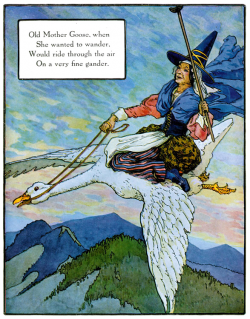
Mother Goose and Witches Today
Mother Goose is a significant symbol to witches today. She represents the strength and endurance of witches and the fact that, despite the years of Christian repression and demonisation, pagan practices have survived to this day.
For at the height of the suppression of witches, there she was all along - a blatant image of the witch, for all the children of the land to see and read stories from. Even though witches were being burned for their supposed crimes, their traditions were being passed on, from their classic role as storytellers, to their spells and prophecies, found in the very pages of nursery rhyme books!
Here are two such rhymes that clearly base themselves on old wives' lore and the hedge spells of the old wise women:
"This knot I knit,
To know the thing, I know not yet,
That I may see,
The man that shall my husband be,
How he goes, and what he wears,
And what he does, all days and years."
"One-ery, two-ery,
Ziccary zan; Hollow bone, crack a bone,
Ninery ten:
Spitery spot,
It must be done;
Twiddleum twaddleum
Twenty ONE. 1"
Read more research and observations on Mother Goose as witch and wise woman in this piece from the Lady of the Earth website, "Aphrodite, Hecate, Witch- Mother Goose!?"
Old Mother Goose Paraphernalia
Find old Mother Goose collectibles, plates, dolls and imagery at markets, auctions and other sources of old paraphernalia. Use them to create a Mother Goose display in your home or place a Mother Goose doll or ornament on your altar or ancestor area, to celebrate this enduring symbol of witches and our survival.
I hope you enjoyed this lens Who is Mother Goose? and found it useful. Please leave your thoughts here in the Guestbook before you go! Thank you,
